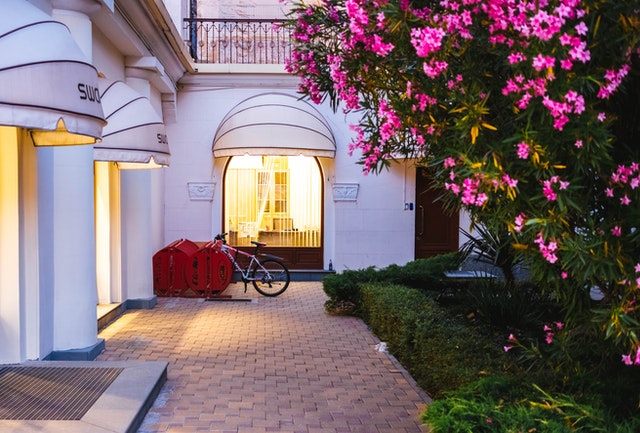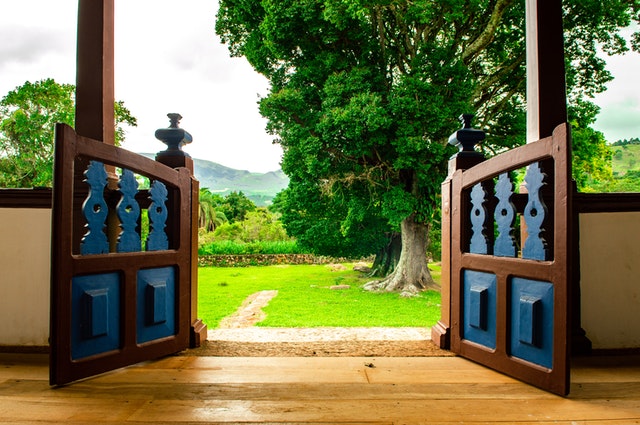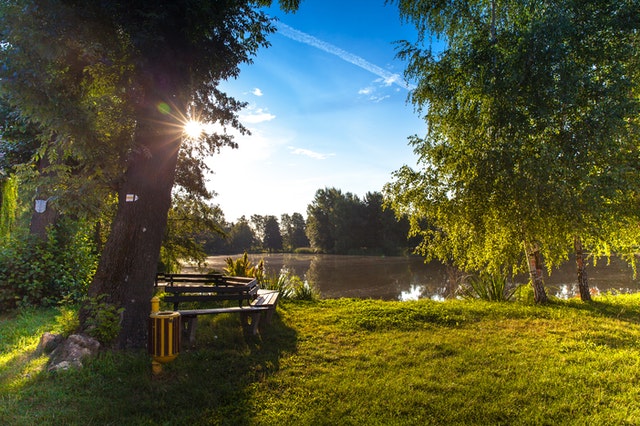Continuous, ‘flowing’ materials like concrete, which need expansion joints, may be laid in a large grid pattern by inserting small setts, tiles or bricks, or even narrow lengths of hardwood. Concrete can in fact have anything set into it and there is something very pleasing and restful about such organized schemes. Fired glazed ceramics mix well with stone or marble in a concrete foundation. Square glass bricks inserted into a pattern of matt grey or terracotta tiles have a double function when lights are placed below. And stone, concrete or railway timbers may provide a pattern of stepping stones in gravel.
Simulated Materials
Natural materials are no longer plentiful and their price has risen significantly. In the interest of economy and in order to spare the countryside, manufactures have developed new materials, such as concrete, that emulate natural ones as well as using reconstituted versions made from chips or powder of the original material. Reconstituted and simulated materials are often also cheaper to lay because they are of a constant thickness, which means that a large area can be laid at a time; provided there is a solid foundation, you should be able to lay these yourself.
The stone flags described on pages 16-17 can all be copied in concrete to make artificial stone but quality remains an all-important consideration. Casts are made to resemble the ‘parent’ flagstone in every way and the artificial slabs contain crushed stone within the concrete mix, ensuring the right textures and colours. When properly made they will weather as well as the real thing. Be sure to look for the better ones that offer many different sizes so that the duplicated slabs occur less often, and avoid those with a surface full of tell-tale air bubbles and chipped edges around the whole flagstone, which are entirely unconvincing. Good manufactures will choose old stones of character for the casts, perhaps even with chisel markings relating to how the original stones were quarried or used. Any colour should run evenly through the thickness of the stone so that wearing away will not change the look.
Concrete can also be used to simulate terracotta pavers for areas where frost is a problem. These may take time to mellow, and where the pavers are all exactly the same shape the result is very artificial. Some suppliers have produced pleasing effects by casting from real terracotta tiles but aiming to create the individual look produced by firing in which there will be scrape marks and a few punctured bubble holes. Some will be rough, some smooth and in shape they will look hand-made, which adds piquancy to strict formality. Sometimes a group of tiles is cast into a larger unit, reducing the cost; careful jointing can make them look effective and time will soften the newness to an extent. All can be laid in the modern pattern of coursed lines running in parallel, rather than the fussier chevron or basketweave patterns of the past.
Concrete ‘bricks’ are also available and all the reservations and virtues referred to above will apply. Some look almost genuine, with dragged surfaces and broody colouring, but you will need to beware of some horribly inauthentic colours. Clay bricks are rust-red, not the purple-red so often used in simulated brick or concrete pavers. Grey concrete ‘setts’ work well, particularly those with a pumice-stone surface, and there are some textured, cream-coloured setts that resemble the surface of travertine marble. They can be allowed to weather or may be pressure-cleaned once a year to maintain their pristine, pale appearance.
Some coarse concrete sets are of different sizes and are tumbled to break the manufacture perfection. They weather well and can be laid in geometric patterns if the area is large, such as a drive. To my mind there is nothing wrong with honest concrete slabs of an even grey or cream; they may have a stratified surface to make them safer and can look pleasantly regular for the modern formal garden.





